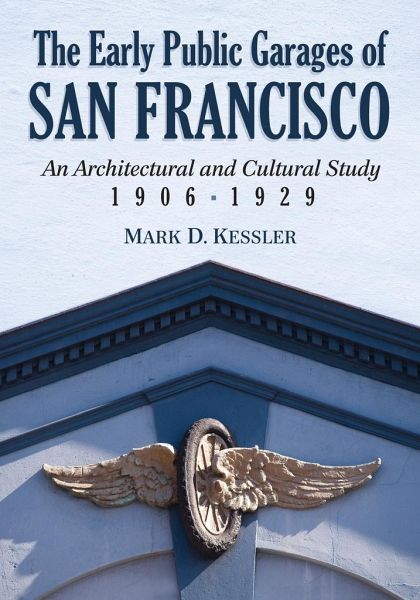
The Early Public Garages of San Francisco
An Architectural and Cultural Study, 1906-1929
Versandkostenfrei!
Versandfertig in 1-2 Wochen
52,99 €
inkl. MwSt.

PAYBACK Punkte
26 °P sammeln!
In the quarter century from San Francisco's devasting fire of 1906 to the beginning of the Great Depression, as automobiles exploded in popularity, new buildings had to be conceived and constructed to provide parking space and repair facilities. This book studies a number of the resulting public garages that featured facade designs based on historical architectural styles. Considering the garages' function, the facades exhibit a surprising grace and nobility. Through an analysis complemented by photographs (including sixty by noted architectural photographer Sharon Risedorph) and drawings, the...
In the quarter century from San Francisco's devasting fire of 1906 to the beginning of the Great Depression, as automobiles exploded in popularity, new buildings had to be conceived and constructed to provide parking space and repair facilities. This book studies a number of the resulting public garages that featured facade designs based on historical architectural styles. Considering the garages' function, the facades exhibit a surprising grace and nobility. Through an analysis complemented by photographs (including sixty by noted architectural photographer Sharon Risedorph) and drawings, the author dissects the architectural and cultural factors that lie at the heart of this unexpected merit. Addressing the discrepancy between the buildings' beauty and the assumption that old garages are unsightly and disposable, the book examines them as cultural artifacts of the dawn of the Motor Age. The garage is presented as a new form of transportation depot, employing architectural symbolism to celebrate the ascendancy of the automobile over the train. Today, the surviving buildings are vulnerable to real estate development, in part because their quality is misunderstood. The book--a fresh perspective on the value of older utilitarian buildings--concludes with a call to preserve these structures and adapt them to compatible new uses.












